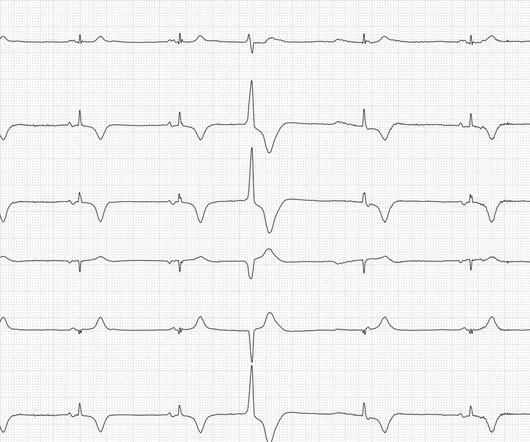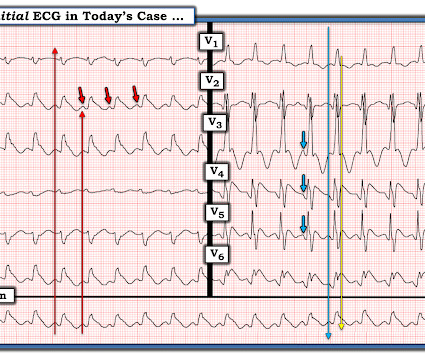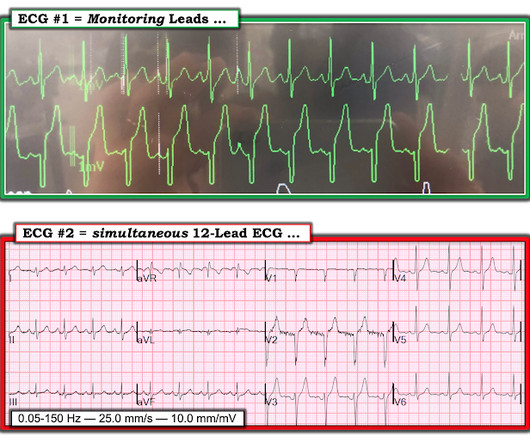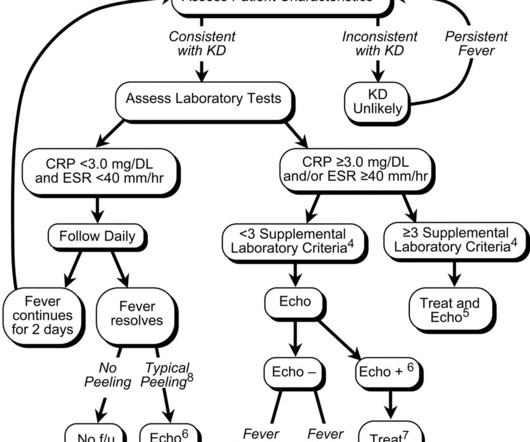Sinus Bradycardia and More
ECG Guru
NOVEMBER 20, 2023
Let's analyze the ECG. This is followed by a premature ventricular contraction (PVC). This cannot be conducted to the ventricles, either because the ventricular myocardium is still unexcitable or the PVC has conducted retrogradely into the AV node and this is therefore still refractory.












Let's personalize your content